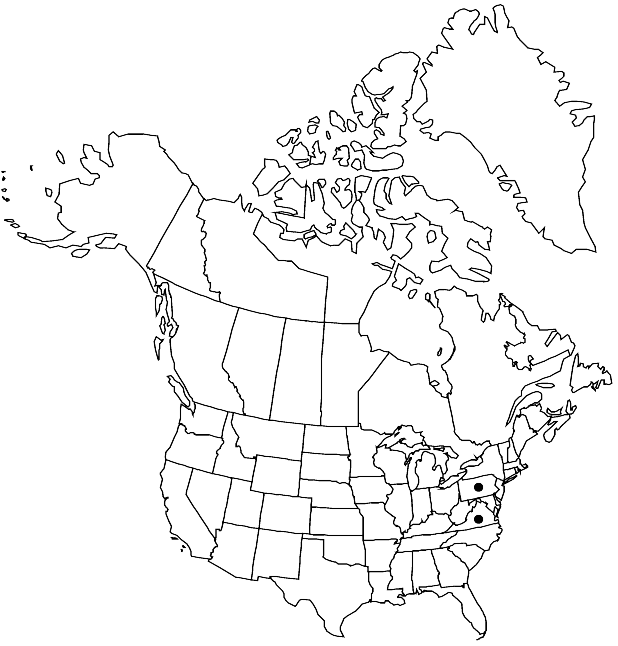Bunias erucago
Sp. Pl. 2: 670. 1753.
Annuals; glabrous or pubescent. Stems unbranched or branched basally and distally, 1.5–7 (–10) dm, (often white-hispid proximally and trichomes simple, glabrous distally). Basal leaves: petiole 1–4 (–6) cm; blade lanceolate (in outline), lyrate to sinuate-pinnatifid, or runcinate-pinnatisect, (1–) 3–15 (–19) cm, lateral lobes oblong or lanceolate, (smaller than terminal lobe). Cauline leaves: (distalmost) blade lanceolate or sublinear. Fruiting pedicels divaricate, straight, 1.5–2.5 (–3) cm. Flowers: sepals ascending to spreading, 3–4 × 1–1.5 mm; petals (8–) 10–13 × 4.5–6 mm, claw minute or absent; filaments 3.5–6 mm; anthers 1–1.3 mm. Fruits oblong to subglobose, subquadrangular, with 4 irregularly dentate wings, 4-loculed, (0.8–) 0.9–1.3 (–1.4) cm × 5–6.5 mm; style 3.5–5 (–6) mm. Seeds 3 or 4 per fruit, 2–3.5 mm. 2n = 14.
Phenology: Flowering Apr–Jun.
Habitat: Roadsides, fields, pastures, disturbed areas, waste places
Distribution

Introduced; Pa., Va., s Europe, sw Asia, n Africa
Discussion
Selected References
None.
Lower Taxa
"elongated" is not a number."thick" is not a number."dm" is not declared as a valid unit of measurement for this property."dm" is not declared as a valid unit of measurement for this property.
